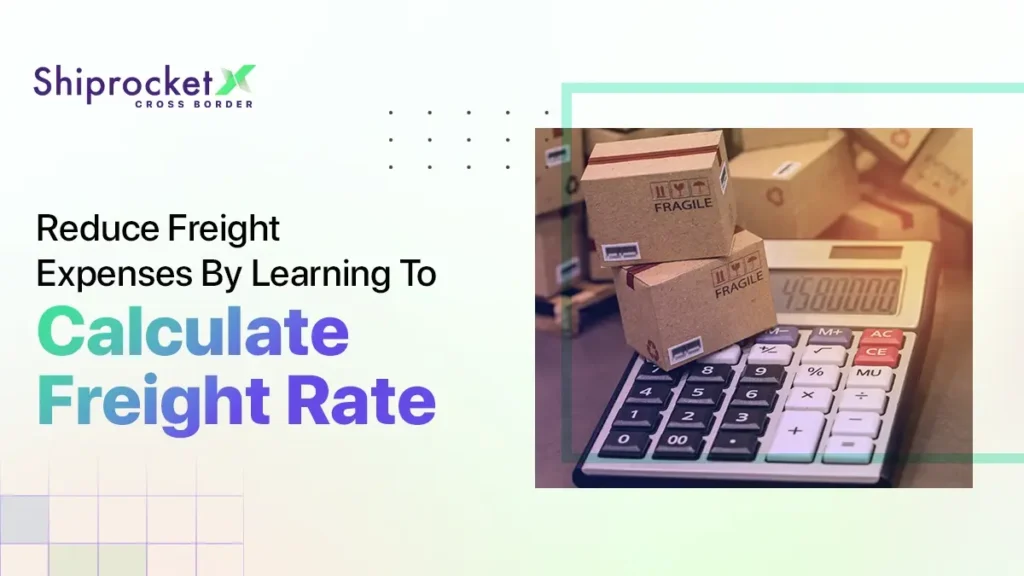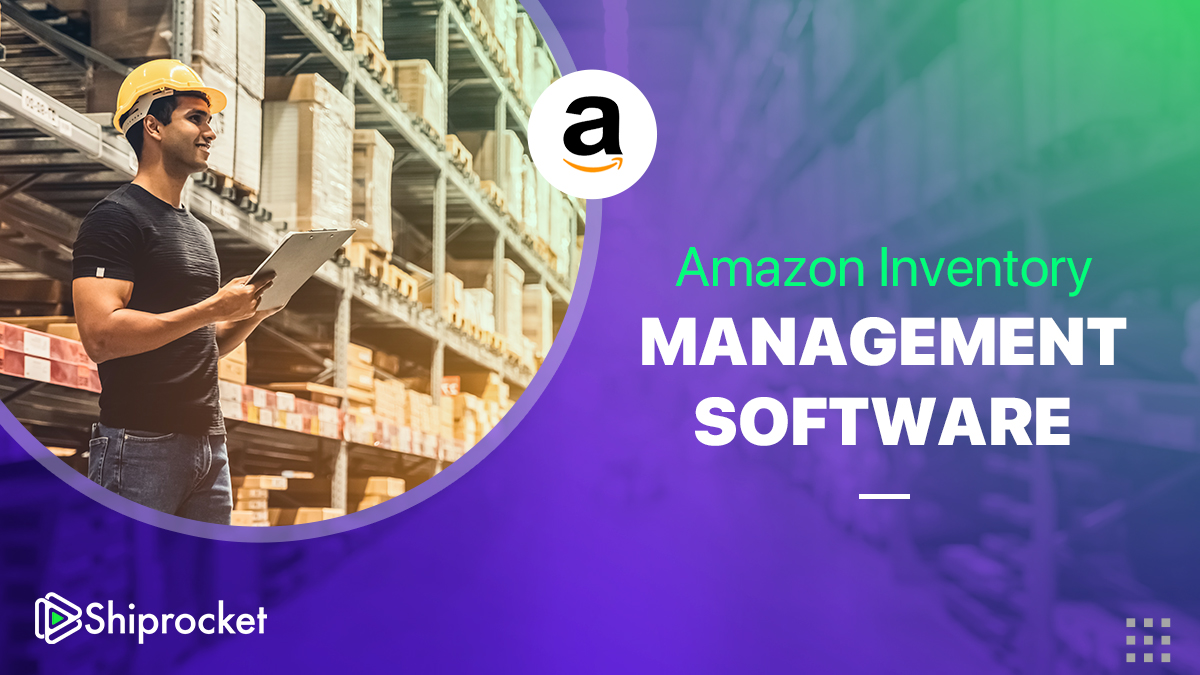How to Calculate Freight Rate?: Explained in Detail
In 2021, there was a sudden surge in global container shipping freight rates as the COVID-19 pandemic upturned well-running supply chains. Freight rates have later dropped significantly as global economies slowly recovered from the impact of the lockdown. Spot container freight costs for Asia-bound cargo have been fluctuating between USD 1,000 and USD 1,500 per 40hc levels after May 2023. The dynamic rate fluctuation is due to several factors like the shipping season, the mode of transportation, market conditions, and many more. In this quick guide on how to calculate freight rates, we also explore how these factors impact the pricing mechanism.

Five Essential Factors That Determine Freight Charges
For most businesses, freight rates are an important input to calculate the unit cost price of the products/units they sell. To help you understand the dynamics of freight rates better, let us consider the essential factors that influence the pricing mechanism:
1. Freight dimensions
The primary factor deciding freight rates is the volume of the cargo to be moved. Hence, the accurate notation of the dimensions of the freight, the weight, and the type of commodity becomes critically important. A carrier needs exact dimensions to calculate the space that your freight may occupy on a truck. They also need the correct weight, as there are limits to the quantity/ weight they can carry per container.
2. Point of origin and destination
In calculating the freight rates, the distance between the point of origin and the destination plays a significant role. If the distances are longer, the rates are higher. This is because the costs of fuel, labor and operations increase correspondingly.
You will need the following details when considering the locations for your freight:
- If the pickup and drop locations have a loading dock
- If the arrival and departure timings have to be pre-scheduled
- Will the driver bring the freight inside
- Should the consignee be informed before delivery?
- Is the location a commercial zone or a residential zone?
Ideally, the zip codes help in faster calculation of the freight rates. But if you are not aware of the area code, the city codes can be used as a base point. Sometimes, the locations within a city may also be far apart. Many times, the location could be difficult to access. Several other similar location factors influence the freight rates.
3. Freight density
The carriers need to know both the weight and dimensions to anticipate the shipment capacity. Shipment density is used as a measure to find the correct freight classification. The measures used for classification are: less than truckload (LTL) or full truckload (FTL) freight. All the shipping quotations are based on density. In many countries, there are standardized classification systems, like the National Motor Freight Classification (NMFC) in the USA. The guidelines provided by this organization are used to categorize freight into different classes. The classification depends on factors like freight density, liability, and handling. In effect, freight rates are determined based on the freight class and weight.
4. Type of goods
The fourth most important factor that influences the freight rate calculation is the nature of the goods being shipped. By knowing the type of commodity being moved carriers can procure the appropriate equipment to move the products. If the consignment is fragile or perishable goods/produce, then the freight shipping costs will include the charges of using temperature control methods. Similarly, for high-value products special handling rates are charged. Some categories of goods may also require additional documentation or even insurance. Most shipping carriers advise the right fit for your freight in terms of an LTL, partial truckload, or intermodal options.
5. Economic factors
When learning how to calculate freight rates, one of the biggest challenges is the fluctuation in economic conditions. Several economic conditions influence the final rate. These are:
- Fuel prices: Changes in fuel prices will impact the transportation costs. Any increase in the transportation costs will directly influence the freight rates.
- Demand surge: In a year there is a seasonal demand for transportation services. These demand cycles impact freight rates considerably. During peak shipping times, like festivals, and holiday seasons, the rates are known to be very high.
- Market conditions: Factors such as supply and demand have a direct impact on the overall market conditions. These initiate competition among shipping carriers, leading to fluctuations in the freight rates. For example, market volatility and disruptions will cause changes in freight rates.
These five essential factors strongly influence the final freight rates. Businesses need to incorporate these factors – be it variation in geo-political conditions, or the availability of containers, demand and supply factors, or ease of pickup and drop location, when calculating the final prices.
Ways to Reduce Freight Expenses
The biggest challenge for most businesses is getting their freight costs right. It is a major factor that contributes to the overall profitability of the business. For companies to keep the shipping cost low, it is important to curtail some extra services they offer.
Some of the cost-cutting factors are:
- Use easy-access pickup and drop locations
- Consolidate packaging, minimize gaps/spaces
- Capture accurate measures of the box, packaging materials
- Minimize the accessories used in moving freight
- Use simplified shipping solutions
Conclusion
Businesses that master the skill to calculate freight rates accurately are likely to improve their profitability and market leadership. The dynamic nature of the factors that influence freight rates has to be well-understood and is the most important aspect of the freight pricing mechanism. The supply-demand balance, seasonal demand, or fuel prices have to be kept in mind when finalizing freight schedules. Finding the best shipping solutions provider is most important for getting affordable freight rates. With a trusted freight forwarder, you can be assured of dependable and efficient freight services and remain worry-free.
As the world moves towards the eCommerce economic model, and the demand for low-cost, on-time shipping increases, finding the right shipping solutions partner will play a key role in the growth of your company. ,
‘All in’ rate or ‘All Inclusive’ rate is a type of freight rate, where all the costs associated with a particular shipment are included, except for surcharges.
Major freight transportation types that shippers offer are – ground or road transport, ocean or sea-ways, and air or flight transportation. The freight charges differ for each of the types based on a complex set of parameters such as distance covered, speed of delivery, and other applicable charges.
The freight classification is based on the density of the shipment. The higher the density, the lesser the cost of shipping. The dimensions and weight of the shipment are used to determine the density of your freight.






